Learn to control Vray's Irradiance Map! |
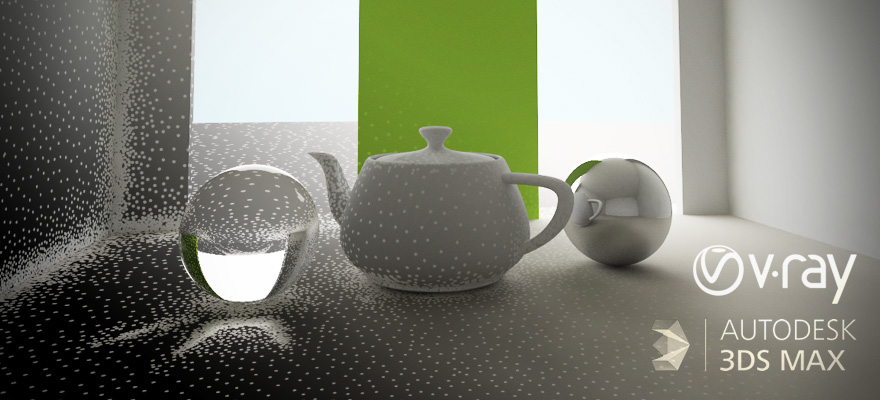 |
|
|
Tutorial contentWords | 4710 3dsMax scene files | 2 |
|
|
Vray's Irradiance Map is one of the methods to calculate global illumination, or in other words: the bounced light in your scene. It's a very clever system, controlled by various parameters to control the shadow quality and rendertimes at the same time. But to get the most out of it, you need to know what each setting does, how important it is and what the effect on image quality and rendertimes is! That's exactly what we'll be talking about in this tutorial! |
This tutorial was created with V-ray version 3.0 . You will probably be able to follow along with older versions, but some screenshots may vary, or some settings may be missing or will have a slightly different effect on image quality.
The included max files are all created in 3D Studio Max 2013, but saved as 3D Studio Max 2010 files. So they will open fine in any Max version from 2010 up, but you will not be able to open them in older ones! |
|
|
What will you learn? |
|
|
Irradiance map settings
We'll cover almost all parameters that control the irradiance map! There are a lot, and sometimes it can be quite technical, but a good understanding of how things work is extremely important!
Effect on shadow quality
For each parameter, we'll show you the effect on the global illumination or shadows. By controlling the irradiance map, you have full control over which parts of the image get the best calculations, and which are less important (regarding global illumination).
Control rendertimes
The better the shadow quality, the longer the rendertimes will be. When you know what you're doing, you can find a good balance between both, but if you don't, you probably end up with very long rendertimes with no added quality.
Detail enhancement
Another great Vray function is detail enhancement. This allows for very detailed shadows where needed, and smoother faster shadow calculations in areas with less detail.
Irradiance map vs. image resolution
It's important to note that the irradiance map is resolution dependent. So we'll go over the important things you should change when rendering out a high res version of your image. |
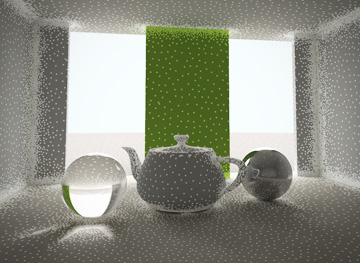 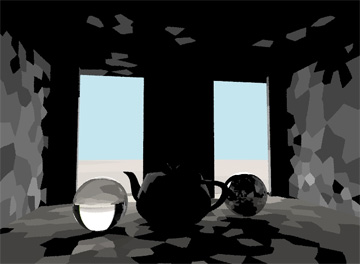 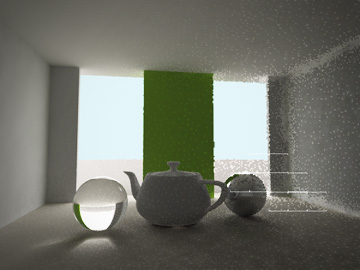
|
|
|
|
What can you expect? |
|
|
- In depth information explaining what and why. Instead of summing up a bunch of settings, we explain everything. The tutorial is pretty theoretical, as everything is explained in detail!
- A very basic interior scene is used, allowing us to clearly focus on each setting, without getting distracted by unimportant scene details.
- Screenshots for every step of the tutorial, so you can easily follow along, even without opening 3dsMax.
- We provide step by step instructions, in an easy to follow, human language.
- Start and end 3dsMax scene files are included, in case you get lost somewhere along the way, or simply to study the final scene setup and settings.
- You'll have a thorough understanding of the Irradiance Map, allowing you to customize the settings to your specific needs, without exploding rendertimes!
|
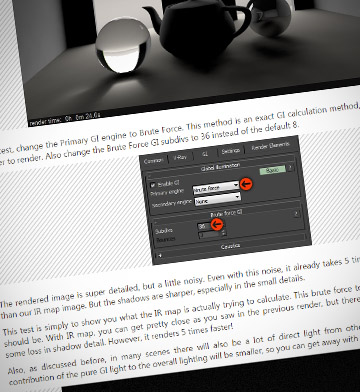
|
|
|
|
|
|
Tutorial contentWords | 4710 3dsMax scene files | 2 |
|
|
|

